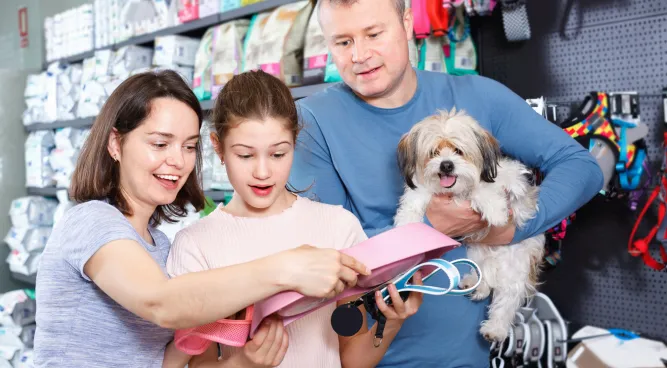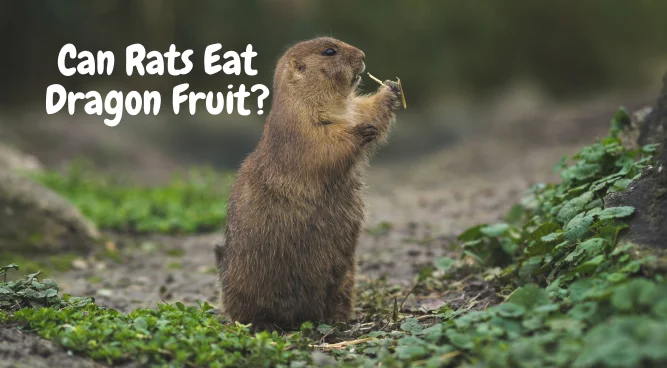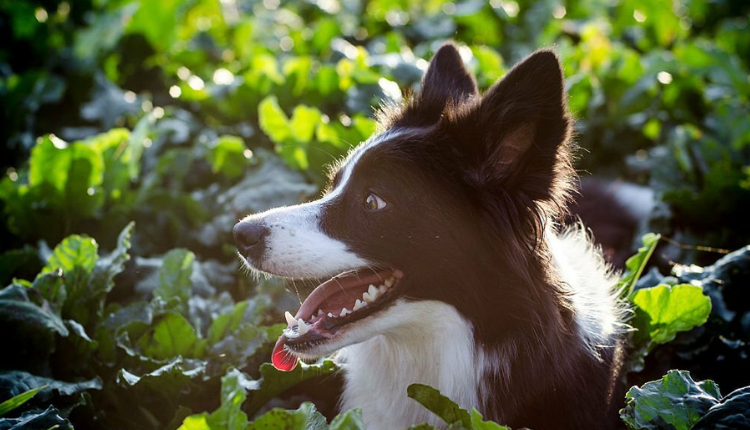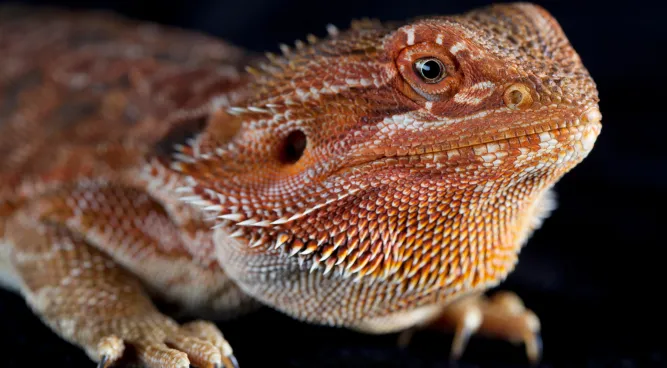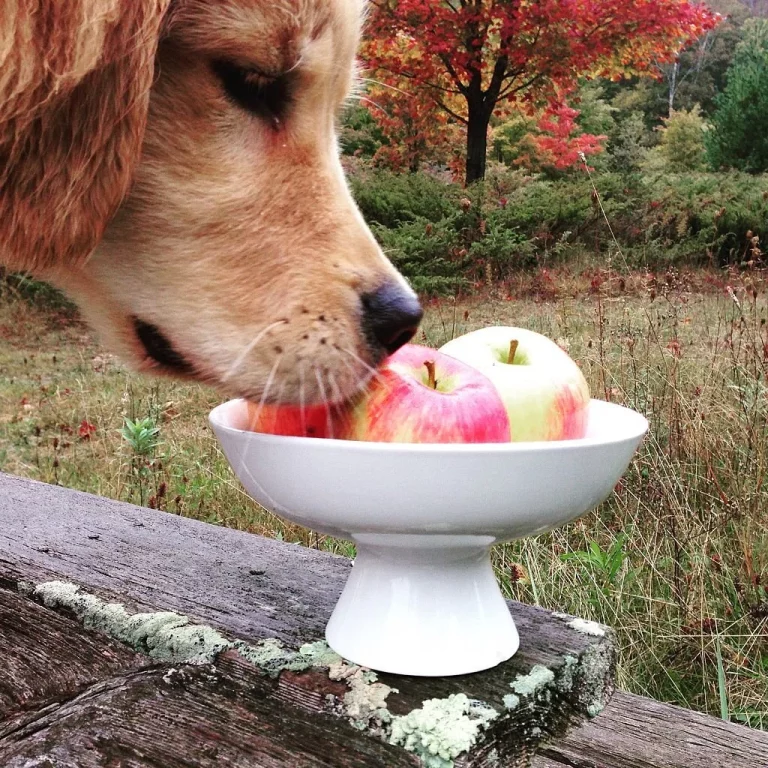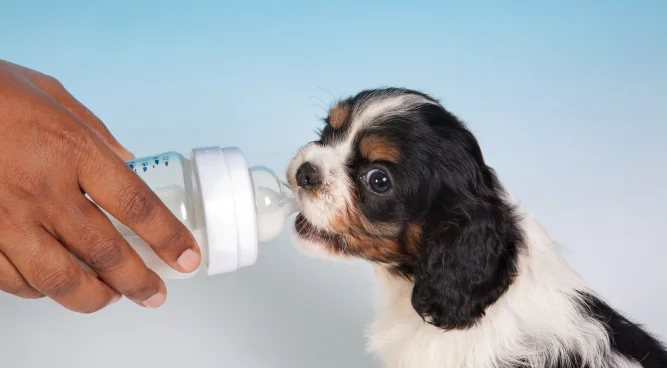The Ultimate Guide to Choosing Artificial Grass for Your Dog
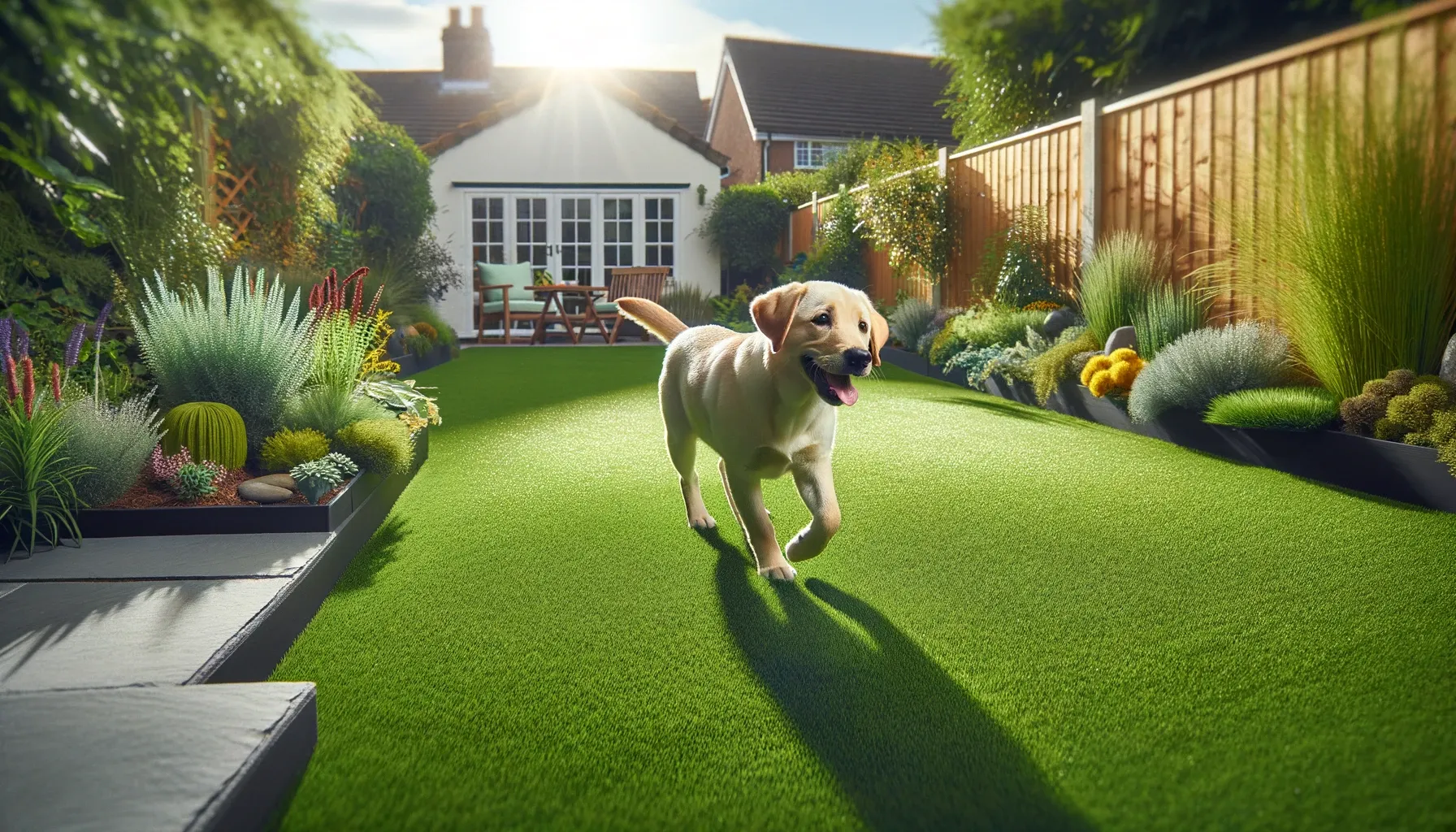
Table of Contents
Dogs love artificial turf, quickly becoming popular for home gardens and commercial pet facilities like dog daycares and kennels. However, there are some things to remember when selecting artificial grass for your dog.
Prioritize a soft texture and good drainage to prevent waterlogging, which can lead to urine buildup. Also, select a porous backing that allows dog urine to drain quickly to help eliminate odors.
Pile Height
If you have a dog, pile height is one of the most important factors when purchasing artificial grass. Choosing turf with a low pile height of less than an inch will make cleaning up poop easier and faster. A lower pile also makes the lawn look more natural and realistic.
Look for pet-friendly artificial grass for dogs with ribbed or durable blades. This will ensure your pets can walk on the surface without tearing it or digging holes. Another consideration is the type of infill used under the turf. Choose an infill that contains zeolite pumice, which is antibacterial and prevents urine from soaking into the turf and creating odors. A good quality infill will also have holes that allow drainage.
Material
Artificial grass is an excellent surface for dogs to play on because it is soft and safe on their joints. It is also easier to keep clean than natural grass and doesn’t harbor bugs, weeds, and pests that could harm your dog.
The grass’s substance is crucial since it affects its durability and resilience to things like pet poop and heavy foot traffic. You can choose from various materials, including polyethylene and polypropylene. High-quality grass will have a higher density and stitch rate, which makes it look and feel more realistic.
The infill is also essential for dog owners because it protects the backing from direct sunlight, adds weight and durability, and helps prevent matting. You can choose from various infills, including crumb rubber and silica granules that are antimicrobial and designed to reduce odors.
Installation
A quality install can make all the difference in your experience with artificial grass and your dog’s health. When you choose a pet-friendly turf that uses an infill of sand or rubber, it can adequately drain urine and resist odors.
When choosing artificial grass for your dog, considerations extend beyond aesthetics; the selection of a suitable backyard grass alternative involves factors like durability, pet-friendliness, and easy maintenance, ensuring a comfortable and resilient outdoor environment for both you and your canine companion
It can also prevent the buildup of urea crystals in the sub-base that cause unpleasant smells. These crystals can be a breeding ground for bacteria and pathogens. You can keep the area clean and fresh by hosing down your fake lawn monthly and using a bio-enzymatic cleaner.
Pet-friendly synthetic grass also doesn’t require harmful chemicals like herbicides and fertilizers on natural lawns to maintain a healthy green surface. This significantly reduces your dog’s exposure to these dangerous chemicals.
Warranty
Many pet owners have heard that artificial grass is durable and requires little maintenance. It can also help reduce the cost of pesticides and herbicides, which can harm pets.
However, even synthetic turf can be worn and damaged by dogs running and playing on it, requiring replacement or repair. Look for a warranty that guarantees the turf against fading, discoloration, and other damage.
Some dog owners may use specialized urine patch rocks that neutralize the nitrogen compounds in dog urine, minimizing its impact on artificial grass and preventing unwanted odors. Regular disinfection with pet-safe products can also help eliminate bacteria, minimize unpleasant odors, and keep your pets healthy.
Cost
The initial cost of installing pet-friendly artificial turf is higher than that of a traditional lawn. However, it can save time and money over the long term by reducing watering, fertilizing, weeding, mowing, pest control, and yard maintenance costs.
In addition, it can protect your pets’ health by eliminating the use of lawn chemicals, which may be absorbed into their skin or ingested through licking or chewing grass. Most synthetic lawns are made with environmentally friendly materials free of heavy metals, ensuring your pet has a clean and safe place to play and rest outdoors.
Additionally, many pet owners find that their dog’s urine damages traditional lawns. A pet-friendly infill can eliminate this issue by removing the positive charge from ammonia, preventing it from transitioning to its gas form that causes odors.

